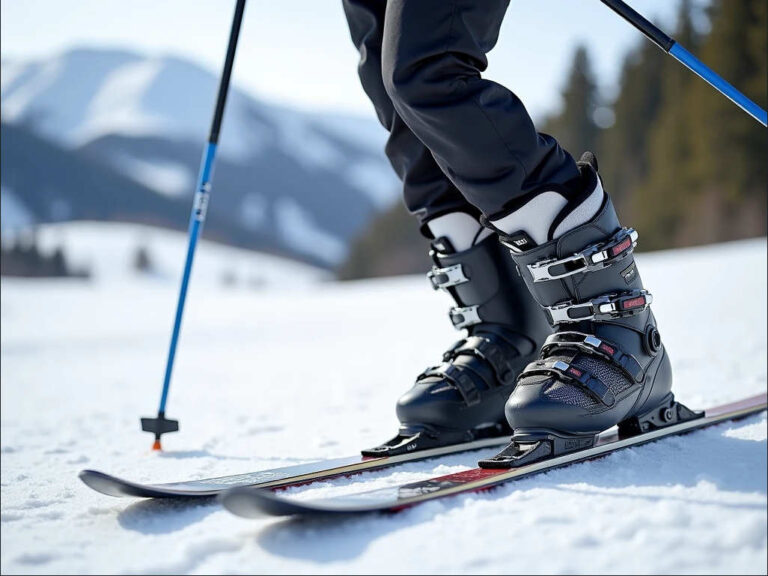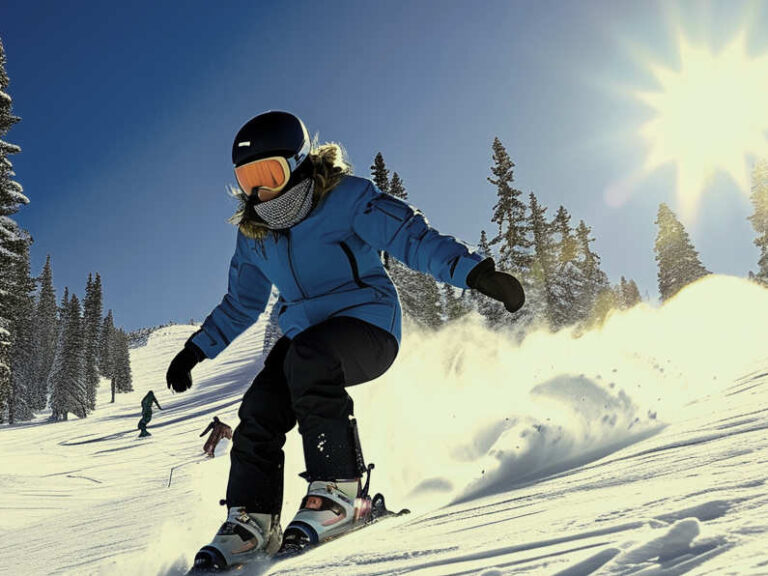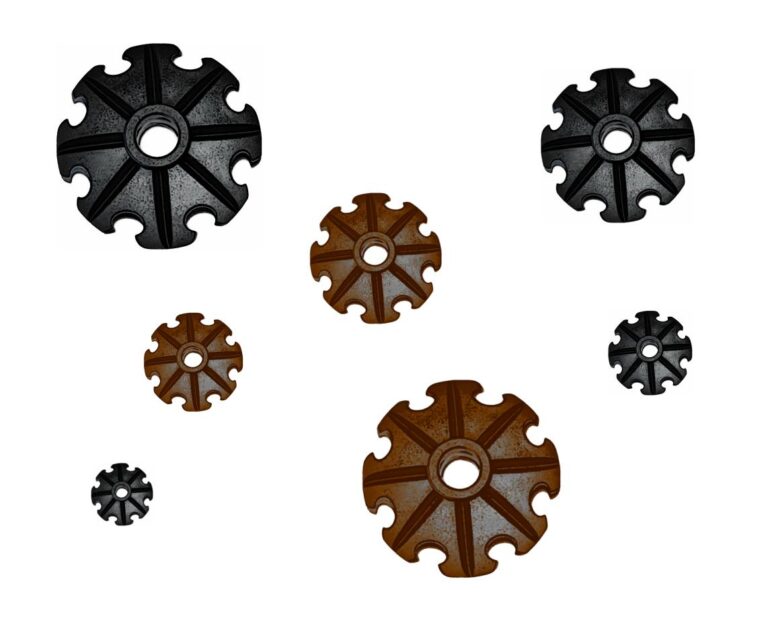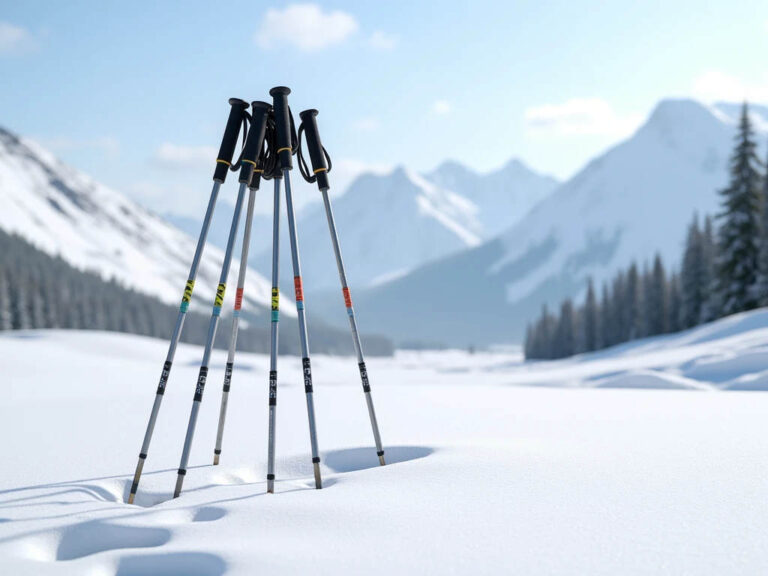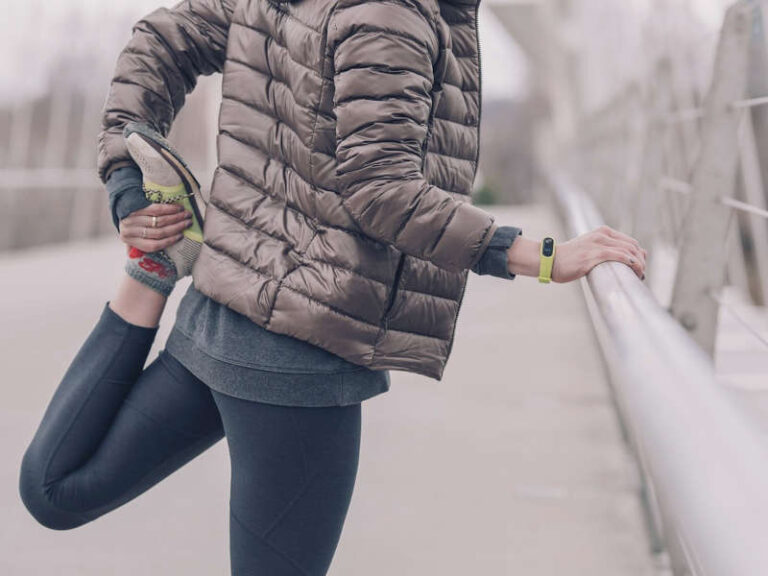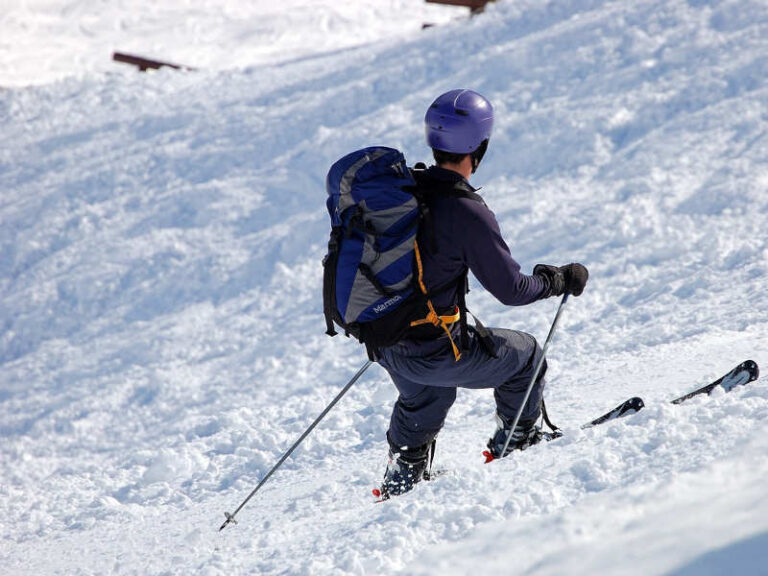Best Skiing Gear for Downhill Beginners
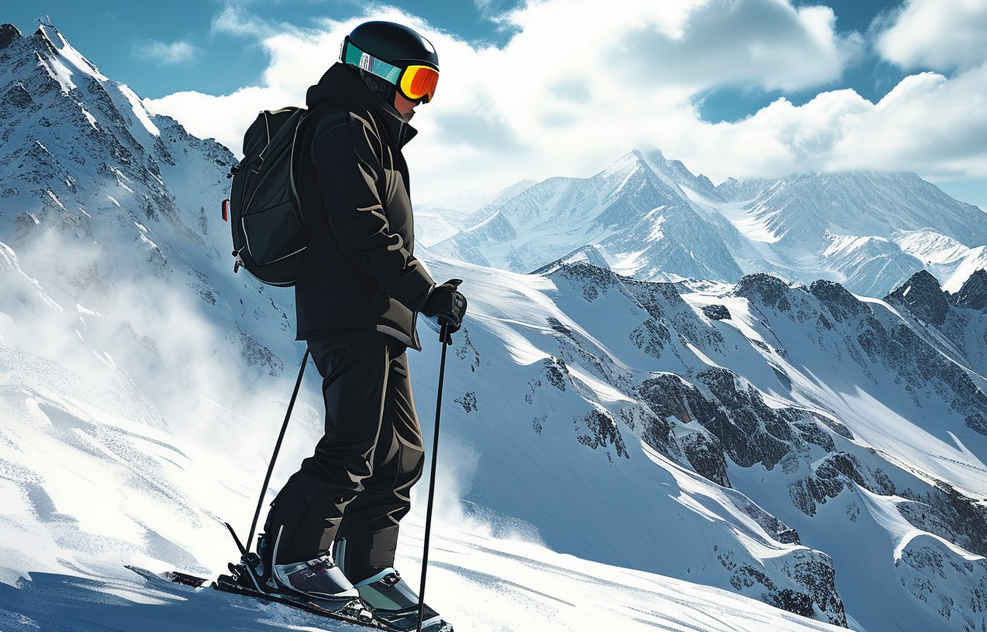
Starting out in downhill skiing is exhilarating! From mastering the slopes to learning how to navigate powder fields, skiing is an incredible winter sport that offers both thrill and fitness. But, like any sport, it’s important to have the right gear, especially as a beginner. Here’s a detailed guide on the best skiing gear for those new to the slopes, from essential equipment to optional items that make a day at the snow covered hills more enjoyable.
Why Renting at First is Better than Buying
As tempting as it may be to rush out and buy a complete set of skiing gear, there are several great reasons why renting equipment initially is usually the smarter choice for beginners:
- Finding the Right Fit and Style
Every skier is unique, and skiing gear isn’t “one size fits all.” By renting, you can experiment with different brands, sizes, and equipment types without making a big upfront investment. Finding the right boots, skis, and poles that suit your height, weight, and skiing style can take time. Renting gives you a chance to explore and see what works best for you before making a purchase. - Trying Out Various Skill Levels
Many beginners find that their skill level changes rapidly within their first few outings on the slopes. Rental shops offer skis suited for different skill levels, so you can try equipment that matches your growth as a skier. As you progress, you may want to test different styles of skis, such as those built for speed, stability, or maneuverability. Rentals allow you to adapt to these changes seamlessly. - Cost Efficiency
Skiing gear can be expensive, and buying everything up front can cost hundreds, if not thousands, of dollars. Renting allows you to budget wisely and only pay for gear when you actually need it. For those who are only skiing a few times per season, renting makes financial sense. If you find yourself hitting the slopes regularly, then investing in your own gear might make more sense down the line. - Maintenance-Free
Skiing equipment requires regular maintenance, including waxing, edge sharpening, and adjusting bindings. Rental equipment is generally maintained by the rental company, so you won’t have to worry about upkeep. For beginners, this can be a real perk, as learning to care for equipment adds extra time and costs.
Essential Gear for Beginner Skiers
Once you’ve decided whether to rent or buy, it’s time to get familiar with the basic gear every skier needs. Here’s a breakdown of essential equipment for beginner skiers:
1. Skis
Besides ski boots, your skis are the most crucial part of your setup. Beginner skis are generally shorter and softer, making them easier to control and less intimidating to handle. Look for skis with a shorter turning radius, which helps beginners navigate turns more easily. You may also want to look into all-mountain skis that can handle a variety of terrains as you progress. If you are renting be sure to ask the ski pro at the rental shop for advice. They are usually very experienced in setting up beginners with ski equipment.
2. Ski Boots
Ski boots are key to both control and comfort on the slopes. For beginners, a softer-flexing boot is generally recommended, as it provides more forgiveness and is easier to maneuver. Ski boots come with varying “flex ratings,” and for beginners, a flex rating between 50-80 is ideal. When trying on ski boots, make sure they fit snugly (though not uncomfortably tight) and that your heel doesn’t lift when you flex forward. In the beginning we suggest leaning more toward comfort than performance.
3. Bindings
Ski bindings connect your boots to your skis and release if you fall, reducing injury risk. Most beginner-friendly bindings come with a release setting called the DIN setting, which can be adjusted based on your weight, height, skill level, and skiing style. A certified technician can help ensure your bindings are properly set, which is crucial for safety.
4. Ski Poles
While not as complex as skis or boots, ski poles are an important tool for balance and rhythm. For beginners, lightweight aluminum poles are generally recommended, as they are affordable and durable. To find the right pole length, turn the pole upside down and grab it just under the basket. Your arm should form a right angle with your elbow.
5. Helmet
Safety should always be a top priority, and wearing a helmet is essential. Helmets designed for skiing are specifically made to withstand the cold and protect you from falls. Look for helmets with vents to control airflow and keep you comfortable, as well as adjustable fit systems for maximum comfort and security.
6. Goggles
Goggles are crucial for visibility, as they protect your eyes from glare, snow, and wind. One day on slopes while it is snowing is usually enough to convince anyone how important goggles can be. When selecting goggles, look for lenses with a moderate VLT (Visible Light Transmission) percentage, which means they allow some light through while protecting you from the sun’s glare. Goggles with anti-fog features are a great option to keep visibility clear.
Clothing Essentials for Warmth and Comfort
Layering is key for staying warm and comfortable on the slopes. Here’s a quick look at what each layer should include:
- Base Layer: Moisture-wicking thermal tops and bottoms keep sweat away from your skin and help regulate temperature.
- Mid Layer: Fleece or insulated jackets act as the primary warmth layer, trapping heat without adding too much bulk.
- Outer Layer: A waterproof and windproof ski jacket and pants keep you dry and block wind. Look for clothing with breathability ratings to allow moisture to escape while protecting against the elements.
Don’t forget gloves or mittens, wool socks, and a neck gaiter or face mask to keep yourself warm and protected from the wind.
Buying Used Skiing Gear: A Great Way to Save Money
Once you’re ready to move from renting to owning your gear, buying used equipment is an excellent way to save money. Here’s what to keep in mind when purchasing used ski gear:
- Buy from Reputable Merchants
Buying used gear from a reputable ski shop or retailer offers peace of mind, as many of these merchants will inspect and tune up used equipment before reselling it. This ensures that your skis, boots, and bindings are in safe, working condition, and you may even get a short warranty or satisfaction guarantee. - Inspecting the Gear’s Condition
Whether you buy from a shop or a private seller, inspect the equipment carefully. Check the edges of skis for sharpness and rust, look for any significant scratches or cracks on the base, and ensure bindings are fully functional. With boots, make sure the liners are intact and free from odor or excessive wear, and check that the shell isn’t cracked or warped. - Have it Serviced for Safety
If you decide to buy used equipment privately, have it inspected and serviced at a ski shop before hitting the slopes. Technicians can adjust bindings to fit your skill level and weight, ensuring they release properly in case of a fall. They can also sharpen and wax skis to get them slope-ready.
Buying used gear can save you hundreds of dollars and still offer high-quality, durable equipment. Just make sure everything fits well and is in top shape before you get out on the snow.
Optional but Useful Gear for Beginners
These items aren’t strictly necessary but can make your skiing experience much more enjoyable as you learn:
- Ski Bag
A ski bag makes it easy to transport and protect your skis, especially if you’re traveling to a resort. - Heated Socks or Boot Warmers
Skiing in cold weather can be rough on your toes, and heated socks or boot warmers can help keep your feet comfortable, allowing you to ski longer. - Wrist Guards
Beginners often fall a lot while learning, and wrist guards can help protect you from common beginner injuries. - Hydration Pack or Insulated Water Bottle
Skiing is a physical sport, and staying hydrated is essential. A hydration pack or insulated water bottle makes it easy to stay refreshed.
Final Tips for Beginner Skiers
- Take a Lesson
Skiing lessons can accelerate your learning and help you avoid developing bad habits. Many ski resorts offer beginner lessons that cover the basics of balance, turning, and braking. - Don’t Skip Warm-Up Exercises
Warming up before skiing is crucial, as it helps prevent injuries and prepares your body for the physical demands of the sport. Try simple stretches for your legs, back, and core, focusing on flexibility and balance. - Know Your Limits
As a beginner, it’s easy to get caught up in the excitement, but always ski within your ability level. Stick to beginner or easy slopes until you’re confident in your skills, and don’t be afraid to take breaks. - Use Sunscreen
Snow reflects sunlight, and the high altitude can intensify the sun’s effects, making it easy to get sunburned. Applying sunscreen and wearing UV-protective goggles will keep your skin safe and comfortable. - Have Fun!
Skiing is an incredible way to enjoy the outdoors and make lifelong memories. Focus on enjoying the process of learning, and don’t worry about being perfect.
Skiing can be intimidating at first, but with the right gear, attitude, and a little preparation, you’ll be gliding down the slopes with confidence in no time. Remember to have fun. Happy skiing!

by: T. Belleau
Health and sports are at the heart of Trisha’s writing passion. An avid cyclist, mountain biker, and e-biker, she brings firsthand experience and genuine excitement to her sports-related articles. Trisha’s love for the outdoors extends… read more

